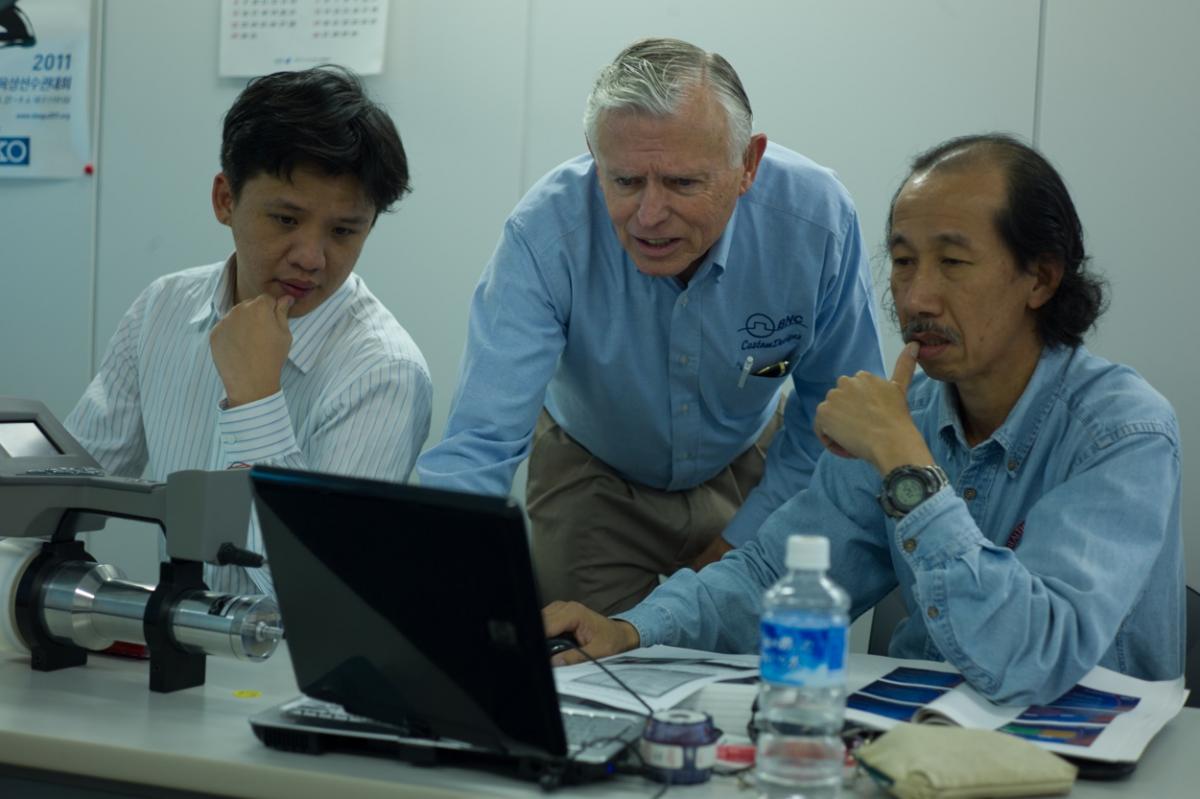June 22nd, 2021 - Spectroscopic Personal Radiation Detectors (SPRDs)
The U.S. Department of Homeland Security (DHS) established the System Assessment and Validation for Emergency Responders (SAVOR) Program to assist emergency responders making procurement decisions and present a description of many Personal Radiation Detectors (PRDs) and Spectroscopic PRDs (SPRDs). This has been published in a market survey report (Market Survey 2017 DHS). These devises are generally held in the palm of your hand and capable of detecting gamma radiation and in some cases neutron radiation. The gamma sensors used consist of small scintillators (CsI, NaI, YSO, CLYC, Etc.) or other detectors (e.g., GM and CZT). These devices measure exposure rate (uR/h), count rate (cps) and in some cases identify isotopes (SPRDs) and neutrons (e.g., using a CLYC detector).
The American National Standard for performance criteria for PRDs is ANSI N42.32 (2016). The ANSI standard for SPRDs is ANSI N42.48 (2008).
PERFORMANCE RELATED TO SIZE
SPRDs can perform many functions similar to much larger, hand-held Radiation isotope identifiers (RIIDs). However, the small size of SPRD detectors limit the sensitivity in locating sources of radiation. When considering the detector size in a RIID the volume could be 30 to 50 times larger than a SPRD detector [1]. This reduction in SPRD detector volume in conjunction with the inverse square law [2], represents a very large reduction in sensitivity. Therefore, SPRDs will be limited to searching for highly active radiation sources.
However, SPRDs become useful for interdiction missions and when a radioactive source requires evaluation for exposure rate and isotope identification. The SPRD may also have the ability to classify isotopes as NORM, IND, MED and SNM. The ANSI N42.48 requirement (SPRDs) states identification of 18 specific isotopes including LEU, HEU, and WGPu.

DOSE RATE AND ENERGY
The dose-rate range of SPRDs is generally from nominal NORM levels of ~3 uR/h to 2 mR/h. Some SPRDs can also achieve higher levels of exposure rate, typically 1 R/h. The latter having an additional detector, typically a small GM detector, (Pollimaster specifies some models of SPRDs measuring over 1000 R/h). RIIDs, with larger detectors, can detect sources well below 5 uR/h while in a background of 10 uR/h and have a range exceeding 10 R/hr. It is important to point out that SPRDs, that may detect very low NORM levels (~3 uR/h), does not infer radionuclides will be detected at these levels. SPRDs may give false-positive indications of radionuclides at NORM levels.
The lowest detectable energy for PRDs is typically 60 keV where as RIIDs will generally detect x-rays at 26 keV or below (e.g., the 26 keV energy line of 241Am).
OTHER SPECIFICATIONS
The weight of PRDs and SPRDs are required to be small and fit in the palm of your hand. PRDs typically weigh around 8 oz and SPRDs 12 oz (+or -).
Ingress Protection (IP) is an important protection standard for dust or liquid. For example, an IP 65 rating indicates water resistant, meaning the device is protected from water jets from any angle but not submergible.
EMERGING TECHNOLOGIES
Hybrid devises which use smart phones continue to evolve. These multi-functional SPRDs may combine higher sensitivities and fast response for reliable interdiction missions. These may have higher maximum exposure rates and storage of accumulated dose with Reachback capability. Reachback is a Wi-Fi feature which allows data (including spectra) to be sent to a command center for further evaluation.
SUMMARY
SPRDs have a typical price range from $900 to $9,000. All have audible, visual and vibrating alarms to alert the user of an exceeded threshold. Some PRDs or SPRDs are capable of transmitting data wirelessly via Bluetooth for further analysis on an external devise such as a smart phone or tablet.
Many SPRDs and PRDs are water resistant (IP65) and some are immersible in water to a depth of 1 meter (IP67). A few SPRDs are reportedly capable of measuring the wear’s accumulated dose.
FOOT NOTES
[1] Example: compare the detector volume of a 2x2 inch CsI to a 0.5x1 inch CsI detector.
12x2π/0.252xπ = 32 (the 2x2 detector is surprisingly 32 times larger)
[2] Newton’s Inverse Square Law, see BNC’s Web Site
ABBREVIATIONS
- SNM – Special Nuclear Material
- LEU – Low Enriched Uranium
- HEU – High Enriched Uranium (enrichment ≥ 20%)
- WGPu – Weapons Grade Plutonium
- NORM – Naturally Occurring Radioactive Material
- NaI – Sodium Iodide
- CsI – Cesium Iodide
- CLYC – (Cs2LiYCl6:Ce) Dual Gamma and Neutron Detector
- CZT-Cadmium Zinc Telluride
- YSO- Yttrium Silicate
- GM- Geiger Mueller
